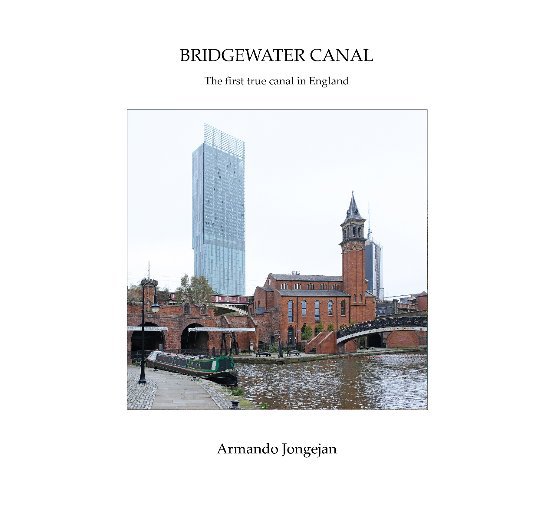Bridgewater Canal
The first true canal in England
de Armando Jongejan
Voici le prix vu par vos clients. Éditer la liste des prix
À propos du livre
Its construction was an integral part of the industrial revolution delivering fuel to the power industry. The canals transformed Manchester from a landlocked city into a major sea port, at its height the third-busiest port in Britain, despite being about 40 miles (64 km) inland. The Bridgewater Canal is often, although mistakenly, considered to be the first true canal in England.
Throughout this period, canal towpaths were an essential part of a navigable waterway and were used by the horses that pulled the (canal)boats. The introduction of steam and railway travel changed transport. The first steam tug was introduced to the Bridgewater in 1872 and the purpose of the towpaths began also to change.
The towpaths are now redeveloped to make them more accessible to users: cyclists and walkers. Pleasure craft have been using the canal since 1952. Meanwhile the old warehouses in Manchester have been transformed into office blocks, restaurants, apartments and new building estates.
The railway is still important shown by the numerous bridges crossing the canal, bringing passengers to and from the city, the airport, Liverpool, Newcastle or Scotland. It all brings new life into Manchester.
Caractéristiques et détails
- Catégorie principale: Livres d'art et de photographie
-
Format choisi: Petit carré, 18×18 cm
# de pages: 60 - Date de publication: févr 28, 2019
- Langue English
- Mots-clés Bridgewater, tug path, Manchester
À propos du créateur
Armando Jongejan (1960, Egmond aan Zee - The Netherlands) studied photography at the University of Applied Photography in Apeldoorn and he works as a freelance photographer. His photographic interest is landscape and documentary/contemporary photography. He want to o create a coherent body of work rather than a single photo. Since 1989 Armando Jongejan have had several exhibitions in galleries and (photo)museums, fe: Hasselblad Image centre (1997) in Utrecht, OFF Photo Festival Naarden 2001, 2005 (group) and 2011 and 2019 (solo), Museum of Photography Amsterdam (FOAM) (2005), Dutch Museum of Photography, Rotterdam (2008 and 2018), the Photography Museum of China in Lishui (2010), Photo Gallery Fenton House in Bath - England (2012) and also in Austria, Belgium, Czech Republic, Denmark, England, Estonia, Finland, France, Germany, Greece, Hungary, Italy and Spain. Photos are published in magazines and books. Since 1996 Armando has published seven photo books and several Blurb books.


